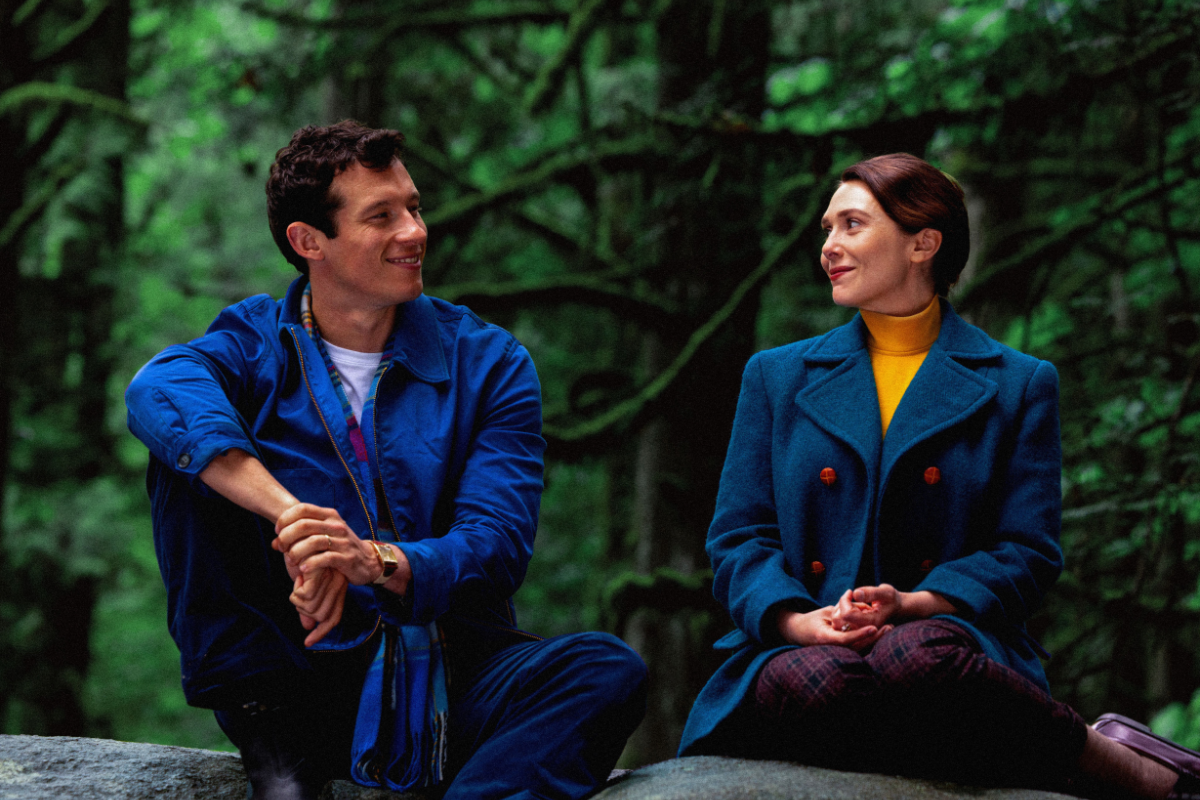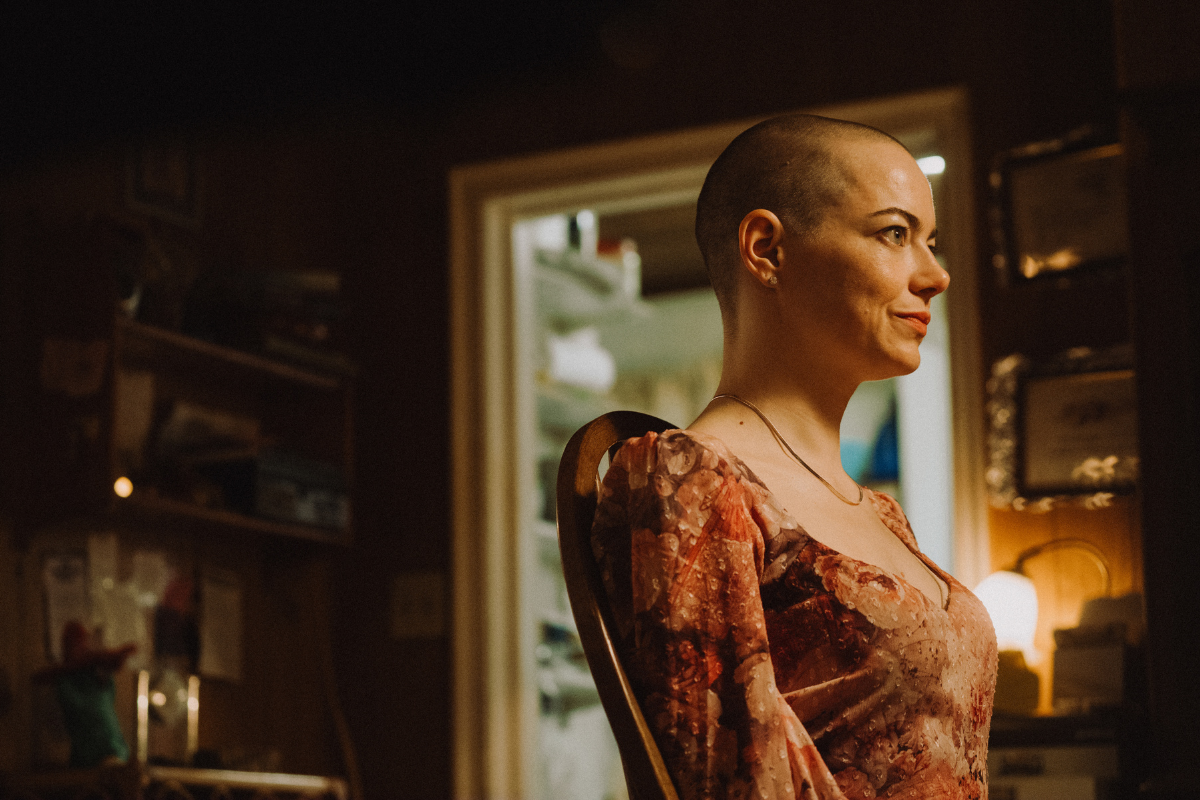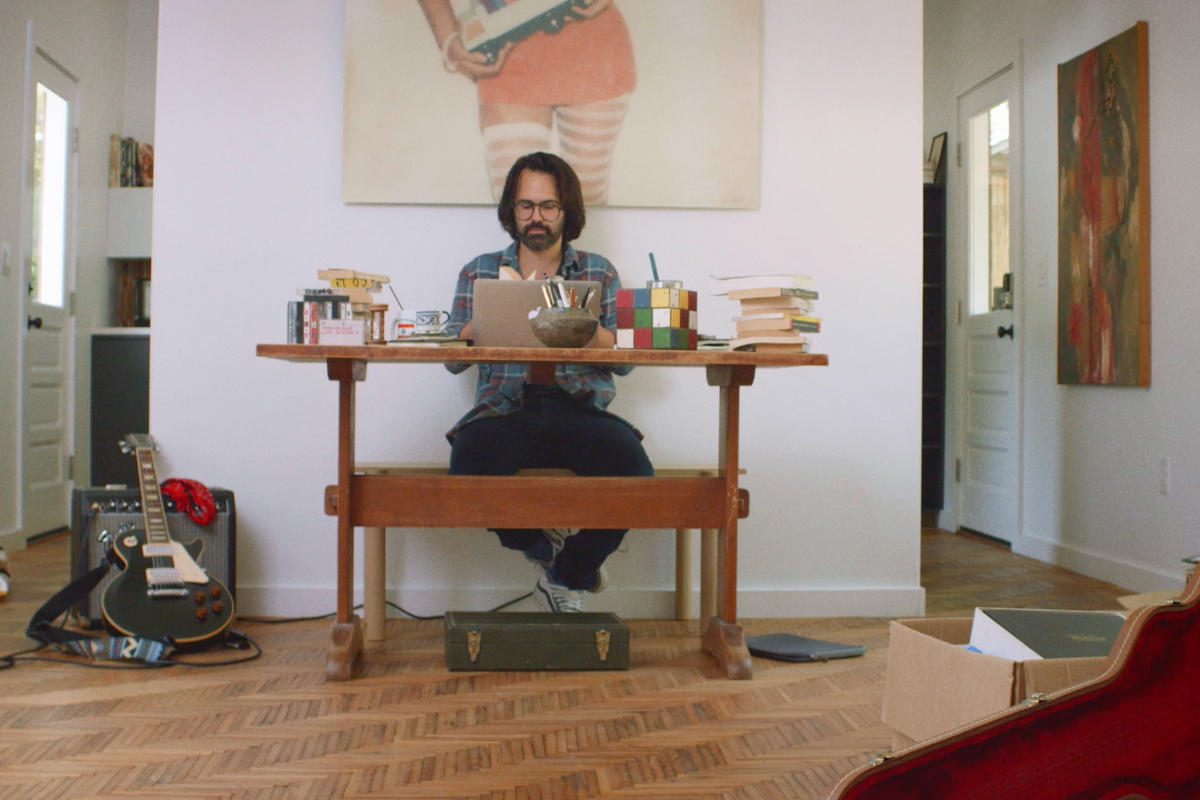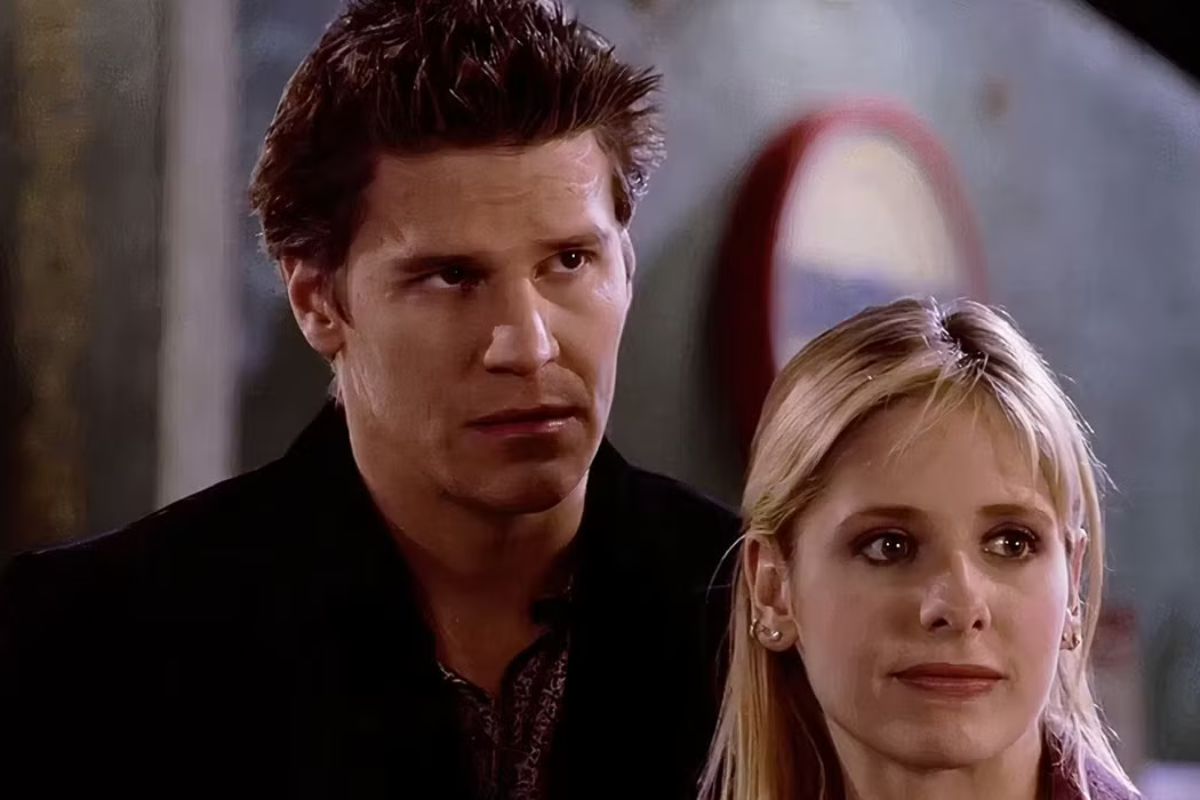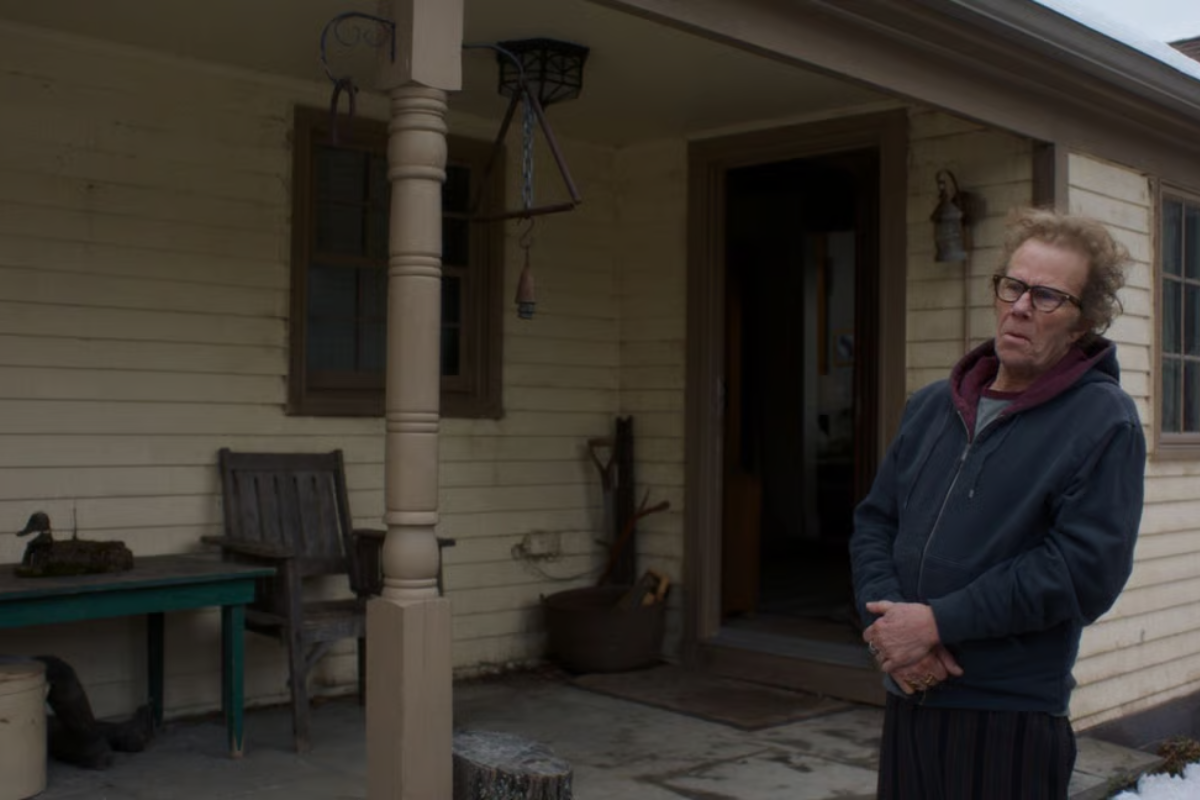Behind the Camera: From Writer to Director – Lights, Camera, Confidence
With more writers making the move from desk chair to director’s chair, the question on many a scribe’s mind becomes when stepping behind the camera: How can I do it, too?
With more writers making the move from desk chair to director’s chair, the question on many a scribe’s mind becomes when stepping behind the camera: How can I do it, too?
The road to becoming a hyphenate is paved with more than just cameras and software.
“I once met a guy who sunk his inheritance into a $100,000 debut film that sunk like the American economy,” recalls Joseph Christiana, one of a trio of filmmakers behind the Motel Americana: Vol. II anthology. “He gave his father’s money to producers, C-list celebrities, DPs, editors, gaffers, and best boys, and he’s been plagued by guilt ever since.”
With more writers making the move from desk chair to director’s chair, the question on many a scribe’s mind is: How can I do it, too?
As a first-timer, how can you avoid the pitfalls that have injured so many moviemakers before you? By listening to the advice of those who’ve been there and done that before, for starters.
“I’ve seen it over and over again: Wide-eyed kids throwing money—sometimes it’s their parents’ money, sometimes it’s a credit card company’s money—at a film before they even know how to make one,” continues Christiana. “And believe me, you can throw money at film all day long, because film is a Golden Glove catcher. It’ll catch whatever the hell you throw at it. In fact, it’ll catch every red cent and split-finger fastball you have, if you let it.”
“Being the writer, director, and most likely producer of your independent film forces you to spread yourself very thin and wear a lot of hats,” admits David Spaltro, who self-financed his $175,000 debut feature ...Around with the help of 40 credit cards. “That doesn’t mean [you have to] toss tons of money at it though, as there are several creative and cost-effective ways to procure information and results.”
Believe It
“The tools required to embark on the massive undertaking of directing your own indie movie are both psychological and practical,” notes Dominic Perez, who realized his cinematic dreams as the writer-director-editor of Evil Things after being laid off from his job at a New York investment bank.
Among the psychological requirements, according to Perez, are “an ability to believe in oneself (it took me 40 years to acquire this ability, and I still have doubts most days); fearlessness in the face of terrifying circumstances; laser-like focus wherein you totally shut out the world until your movie is completed; and tenacity/persistence. (You will encounter many obstacles, but you must only see the solutions.)”
“Belief in your story is by far the number-one thing all filmmakers will need,” says Anders Anderson, director-producer of Stolen, starring Jon Hamm (Mad Men). “The process of low-budget filmmaking is strenuous enough that every day there will be a time when the movie can just fold up. It is the belief in having to tell the story that keeps you from giving up on the day.”
“Belief in yourself is the second most important thing,” says Anderson’s producing partner at A2 Entertainment Group, Andy Steinman. “You will come across many doubters and it will chip away at you until you wonder if you can even finish the movie. Only by believing you will make it will it actually happen.”
Film School at Home
Quentin Tarantino famously said that “When people ask me if I went to film school, I tell them, ‘No, I went to films.’” Like most other educational endeavors, learning to make movies requires research. And lots of it.
There are literally thousands of books on the moviemaking process, from first-person accounts written by some of the world’s top auteurs to step-by-step instructional tomes on how to use specific pieces of software or equipment. (Focal Press is a great resource for the latter.)
“Put your ass in a chair and read 15 to 20 scripts of movies you’ve seen, especially movies made by first-time filmmakers,” advises Hollywood Film Institute founder Dov Simens. “Now, rent and watch these movies and, in each scene, count the master shots, medium shots, close-ups, and cutaways. Learn from the successful.”
Several first-time moviemakers admit that their only form of schooling has been in the form of DVD extras. The special editions of David Fincher’s Seven and Fight Club, for example, review the entire moviemaking process, from storyboarding to set design. Robert Rodriguez is another director who isn’t afraid to share his knowledge of the craft; several of his discs feature his now-famous 10-Minute Film School.
The Computer is the Key
From writing the script and editing the film to submitting it to festivals through Withoutabox or FilmFreeway, or uploading it to YouTube, if you’re serious about making a movie, a powerful computer is the key.
For Spaltro, who shot 190 locations around New York City in 21 days for ...Around, his computer was the most important investment. “It was a necessity to be able to write, edit, and eventually send out and respond to e-mails and follow-ups with producers, agents, actors, cast and crew, as well as doing research for financing.”
“Go with a Mac for sure,” suggests Perez. “Either an iMac or a MacBook Pro (the fastest you can afford).”
If you can’t afford to upgrade just yet, “find one of your friends who has one,” suggests Christiana, “one that can handle the processing of HD.”
Software Solutions
Just as Final Draft can make writing a script easier, there are dozens of production-focused software programs that can ease the pain of everything from financing to special effects.
When approaching investors for a project, investment software such as Movie Magic Budgeting can help you wade through the red tape (and flags). When securing talent both above and below the line, products like Movie Forms Pro can offer quick and affordable access to standard legal forms and contracts.
Once you’ve gotten the green light, “Get Movie Magic Scheduling and learn the basics,” says Anderson. “Setting the schedule is the first hard creative choice.”
“Breaking down how much time you have for each scene determines how creative you can be,” notes Steinman. “Make sure that crucial scenes for the story get the time they need.”
As a presentation tool for investors and a way to predict any possible on-set production issues before there even is a set, FrameForge Previz Studio 3 has proven to be a favorite among first-time directors, allowing a director to plan all shots before anyone is on set and produces clear, optically correct storyboards to be shared with the team, it is a time and resource-saver.
Crew Up
Even the most powerful software program can’t make up for mistakes on the set. You may be a first-timer, but that doesn’t mean the rest of your crew should be, too.
“As soon as you decide to produce and possibly direct your movie, hire a seasoned production manager to help you alter the story to meet your budget constraints,” suggests producer and FilmmakingStuff. com founder Jason Brubaker. “Managing the budget is the job of a PM. Respect it. Then ask your PM if he knows a great first assistant director. (He will!) Your 1st AD will be the sergeant of your production. He will pick up where your PM left off. The 1st AD will schedule the movie and keep the production on time.”
“Choose the director of photography you feel understands the project best,” says Anderson, “not just the one who can bring in the cheapest equipment. Time is the most expensive [thing] and if you are not working well together, there is nothing that costs more.”
“Great music composition can totally help keep the narrative thread of your movie sustained throughout and adds subtext that you might have missed in production,” adds Steinman. “Great sound design brings your movie alive and makes it all seem more professional.”
The “Fix It In Post” Myth
A great director can elevate a mediocre script and even bad acting. But not even the “fix it in post” myth can always help poor sound.
“We have sound and picture gadgets today that do a technically better job than almost anything from a generation ago for a fraction of the price,” says Jay Rose, a Boston-based sound designer and author of Producing Great Sound for Film & Video. “And tomorrow’s tools will be even better, cheaper or both. The lesson here: Use whatever you can get your hands on and make a movie. If you’re any good, you’ll outgrow those tools soon ... and will be able to afford better ones for your next film.”
The one exception that Rose does note: “Your monitors do matter. They’re the only way to judge any audio adjustments other than simple edits, particularly if you’re aiming at theatrical or festival exhibition. Monitors must be wide-range, low-distortion, and accurate at dialogue frequencies.”
Any Camera Will Do
Okay, here it is, the one tool you knew would be on this list: The camera. But before you run out and spend half your budget on the latest, greatest digital wonder, stop. Breathe. And get creative.
“Don’t let your lack of budget freak you out,�� says Bob Moricz, the writer-director-editor- cinematographer-sound editor (yes, you read that right) of BUMPS, a teen-pregnancy drama shot in three days on what he calls a “nonexistent” budget. “Don’t be afraid of video; it doesn’t even have to be HD. I use a Panasonic AG-DVX100A because I love the way it reproduces primary colors so vividly. Real film people may think I’m a joke, but who cares. Bruce Springsteen recorded one of his greatest records, Nebraska, on a four-track. Hell with it. Familiarize yourself with a manageable format and find a way to work within, as well as push, its limitations.”
Final Edit
You’ve begged, borrowed or bought a camera and the film is in the can. Now what?
“When you’re done shooting, find someone with Adobe Premiere or Final Cut Pro or even one of those rinky-dink software programs that come installed on a computer at Best Buy,” instructs Christiana. “Slap one shot onto another. That’s it!”
For the guys at A2 Entertainment Group, Final Cut Pro is the way to go. “It is an amazingly powerful and cheap program and pretty simple to use once you learn the basics,” says Anderson. “It’s not only great for cutting your film, but it can also be a great tool to create some pre-viz stuff for your actors (like putting images to music so they understand the feel).” Adds Steinman: “The more you learn, the better. You put the power back in your own hands when you learn this program.”
Perez concurs, calling the Final Cut Pro suite, which includes Final Cut Pro, Soundtrack Pro, Motion, and DVD Studio Pro, simply “awesome!” As an added tip, he suggests spending extra money for a one-year membership in Apple’s One to One program, a personal set-up and training program for Apple computers and software.
In the End …
According to Brubaker, “There is no better feeling in the world than the day you stop sending query letters and instead, start producing your own work. For years and years, you have dreamed about seeing your work on the big screen. You know you’re good. So why ask for permission?”
“If you have a great idea, a decent camera, and some interesting people who are willing to get in front of the camera, that’s a fine starting point,” adds Moricz. “Just make your damn movie for no money. That way, if it sucks, then you’re not losing anything. And the best thing is, you learn. You must make mistakes and must not be afraid to make them. If you are a psychically tuned person, you can figure things out, see where you went wrong, and fix it with the next movie.”
“One production at a time, you’ll be in more control of your craft,” concludes Christiana. “Soon you’ll have confidence and command to throw into your toolbox, and you’ll be wrestling with festival directors and making sure your projection is the right aspect ratio 10 minutes before a screening ... but that’s a whole other story.”
Originally published in Script magazine May/June 2010
About the Author: Jennifer Wood is the former New York-based editor of MovieMaker Magazine and MovieMaker.com.
Top screenwriting and film publication, founded in 1989, published by Active Interest Media. Twitter: @scriptmag


